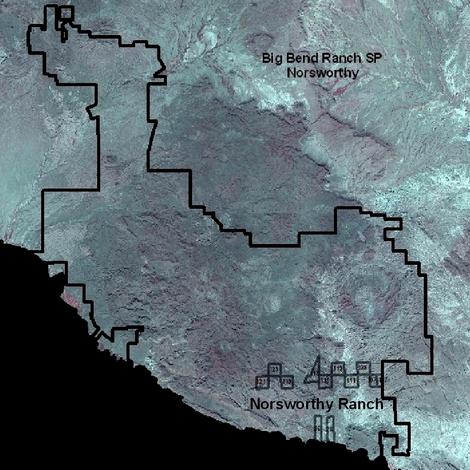A break in inclement weather conditions, as well as a day full of family-friendly activities, welcomed about one thousand visitors and community leaders who turned out for the grand opening of Resaca de la Palma State Park this past Saturday. The new park is operated by the Texas Parks and Wildlife Department (TPWD) and is named for the shallow, flooded oxbows that existed before reservoirs changed the Rio Grande, preserves 1,700 acres of disappearing native riparian and wetland habitat in the ever-growing metropolitan area of the Lower Rio Grande Valley. It’s the largest of the three state parks in the nine-site World Birding Center network and underscores the region’s renown as a premier birding destination, an area home to more than 500 avian varieties, including locally popular species such as the green jay and the chachalaca.
TPWD Executive Director Carter Smith, State Parks Director Walt Dabney and various other staff members and local dignitaries spoke to the crowd. The day included a ribbon cutting to commemorate the official opening of site facilities, mariachi bands, an art display and contest from local students, interpretive tours for birding, butterflies, dragonflies and damselflies, and various exhibits and activities that included everything from Buffalo Soldiers and the Gladys Porter Zoo to the Last Chance Forever birds of prey show. With the opening of Resaca de le Palma, eight of the nine World Birding Center sites are now complete and open to the public, with the final site still under development at South Padre Island.
